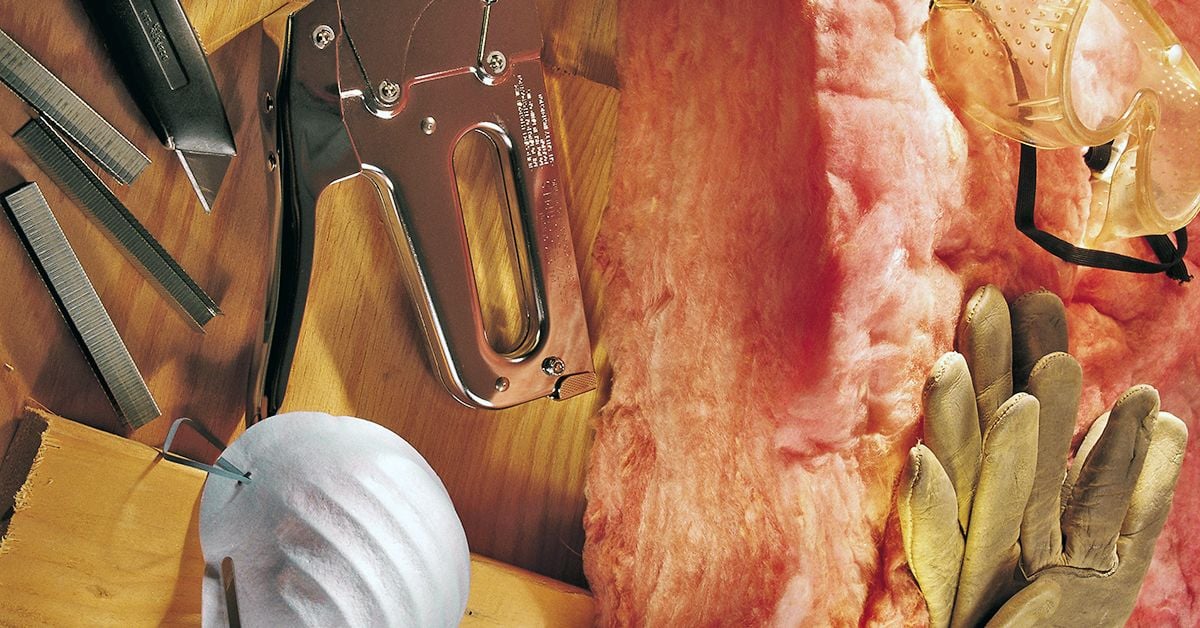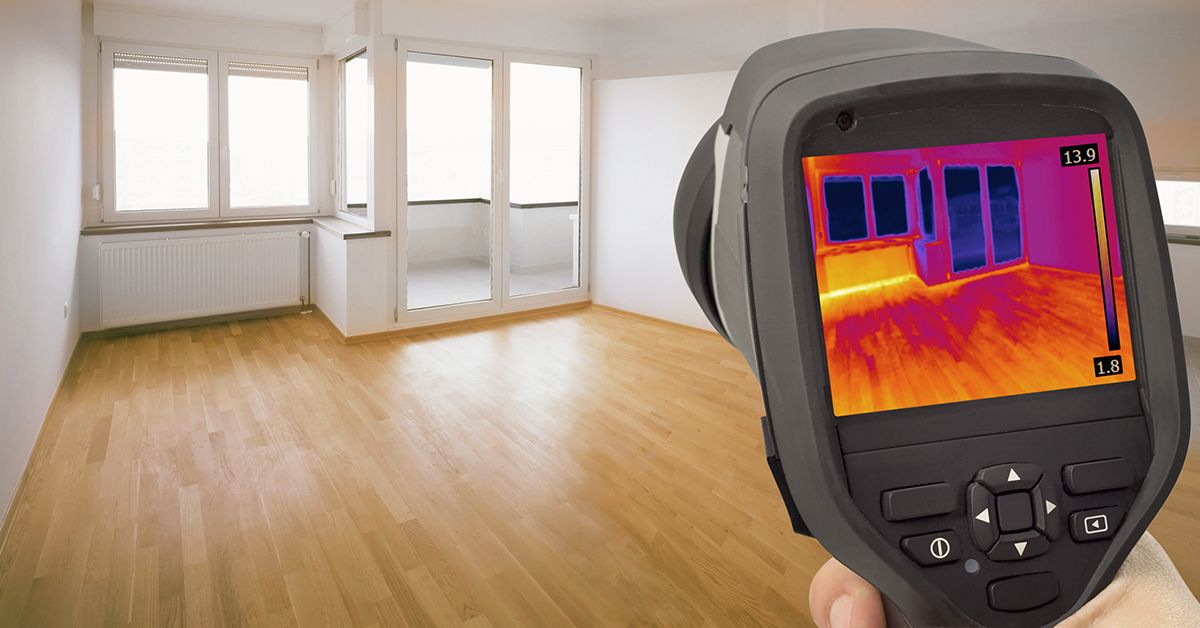
How Do I Know If My Home Has Enough Insulation?
You could be wasting money every month on your energy bills if your home does not have adequate home insulation. Hidden inside the walls, attic, and crawlspaces it’s easy to forget the important role insulation plays in keeping the temperatures inside your home at optimum levels. With four distinct seasons in Colorado it’s essential to have adequate insulation to keep energy costs down, but how do you know if your home has enough insulation?
Do A Room Check
There are a few things you can do to determine if your home is adequately insulated. Are all the rooms in the house about the same temperature or are some of them hotter or colder than others, no matter how much you run the AC or the furnace? If the answer is yes, you probably lack sufficient insulation.
How Old Is Your Home?
Check to see when your home was built. Insulation can deteriorate and become less efficient over time, and older homes may not have the same level of insulation as a newer one. Some builders only meet the bare minimum requirements when it comes to installing insulation even in a new home, so just a close inspection will reveal if you have enough in different areas of your home.
What You Need To Know About Home Insulation
R-value
What is R-value? It is the measurement of the insulating materials resistance to conductive heat flow. The higher the R-value, the greater resistance to conductive heat flow the better the insulation is at keeping warm air inside and cold air out during the winter. In the summer insulation with a high R-value means less cool air escapes your home and less hot air seeps in.
Colorado’s climate can change drastically from one day to the next. You might be in shorts and flip flops today and shivering in your ski parka tomorrow. Because of the temperature fluctuations throughout the year, Colorado homes require a higher insulation R-value than cities with more moderate climates like San Diego or Phoenix.
The recommended R-value for Colorado homes with electric heat is R-49 in the attic, R-22 in the walls, R-19 in the basement and R-25 in the floors. For homes heated with natural gas the recommendations are R-49 in your attic, R-18 in your walls, R-11 in your basement and R-25 in your floors.
Types of Insulation
There are several types of insulation and the kind used depends on the space being insulated. Each kind has benefits and drawbacks so it is important to know what type of insulation is best for the different areas in your home.
The most common types of insulation found in Colorado homes are:
Fiberglass Insulation – made of fine strands of glass woven into the insulation material it is very effective when installed safely and properly. It has a high R-value, is non-flammable and relatively inexpensive. This kind of insulation is typically installed in attics and crawlspaces.
Mineral Wool Insulation – refers to several different products like glass wool made with recycled glass, rock wool made from basalt or slag wool created from steel mill slag. It is often used to supplement other forms of insulation. While it is effective for insulating large areas in the home it is not fire resistant, so not a good choice in situations where intense heat is present, such as near a fireplace.
Cellulose Insulation – is an eco-friendly form of insulation made from recycled materials that recent studies have shown to be effective in minimizing fire damage. This is due to its compact structure that contains little or no oxygen. This type of insulation is ideal for retrofitting areas of the home and makes an excellent supplementary insulation to fiberglass, spray foam or mineral wool.
Polyurethane Foam Insulation – most commonly called spray foam, this type of insulation has an extremely high R-value that acts as both an air and moisture barrier. It is one of the best products on the market to keep a home comfortable year-round. The foam is created on site and sprayed into the desired area where it will fill every crack and crevice. Because it is impermeable to water it is mold resistant and odorless making it a good choice for basements and other damp areas.
Consider Having A Home Energy Audit

The reality is, you can only inspect so much of your home to determine if it has enough insulation. How can you see what kind and how much insulation is inside your walls? Even when inspecting insulation in your attic or basement can you determine if the R-value meets the Department of Energy’s recommendation for the Colorado climate? Also, how will you know what types of insulation are best for the different areas of your home?
Having an energy professional from REenergizeCO perform a thorough energy audit of your home could save you hundreds of dollars a year. You work hard for your money and your home is probably one of the largest investments you will ever make. Ensuring your home has enough insulation and the right kind is an investment that will pay dividends for years to come by cutting your energy costs, provide a more comfortable and enjoyable living space and may even increase the value because it is more energy efficient.
"*" indicates required fields


